Where are the best places to retire in the UK?
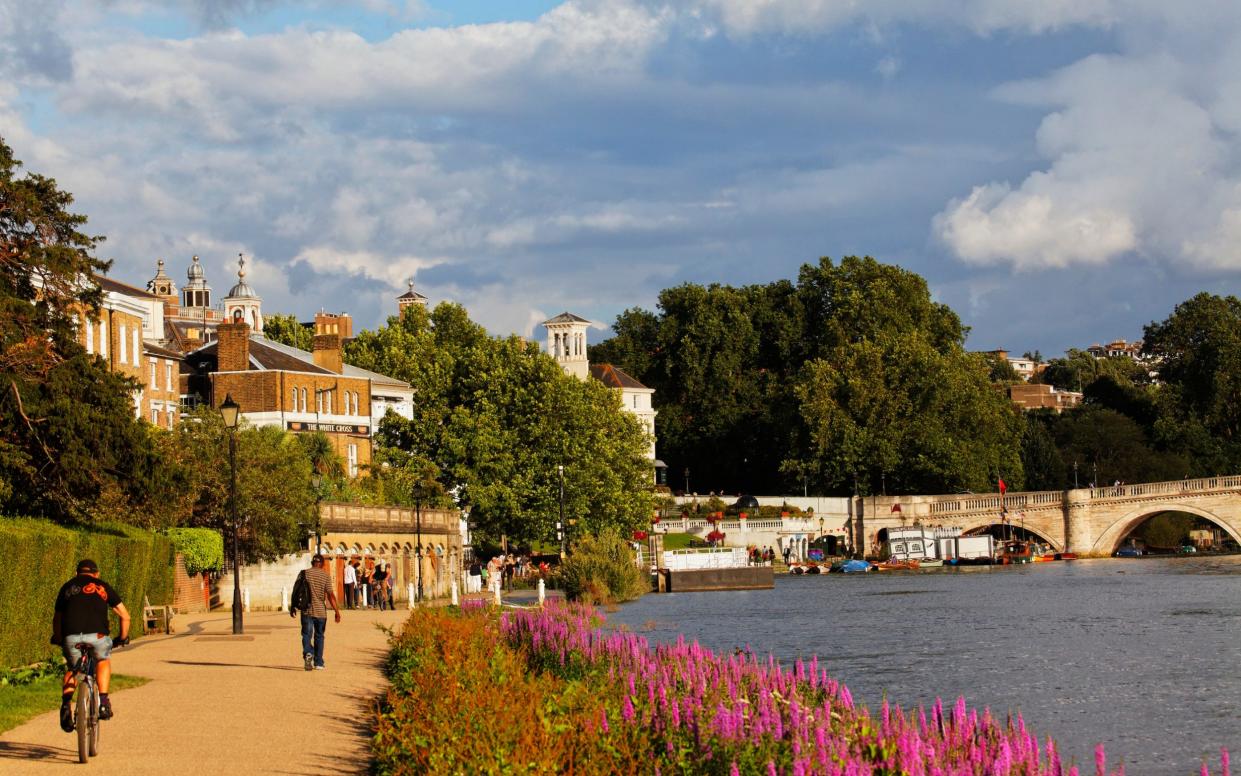
Britons are living longer and dreaming of a better quality of life in retirement. Instead of quietly retreating to the garden, they’re seeking opportunities to meet new friends, travel and embrace new hobbies.
Many also seek to downsize their home, seeing it as a natural step to unlock extra funds in later life. However, where to move can be a difficult decision – particularly for people who’ve been in the same place for a number of years.
With this in mind, Telegraph Money worked with Savills Research to produce exclusive data on the ideal retirement spots.
Methodology
The research examined key factors, like the number of hospitals, GPs and dentists per 10,000 people and the availability of shops and green spaces nearby. Crime levels, apart from fraud, were also taken into account, before the figures were cross-checked against average property prices (excluding new builds).
Frances McDonald, of Savills Research, who crunched the numbers, said: “Owner occupiers aged 65-plus hold an estimated £2.6 trillion of net housing wealth, with many having reached the point where they have paid off their mortgage debt.
“In some cases, these movers are likely to reconsider the location of their home to ensure the convenience and proximity of local amenities and health services, so they can be less reliant on others in later life.”
The data revealed the UK’s 100 best retirement destinations. Here are the top 10:
1. Exeter, Devon
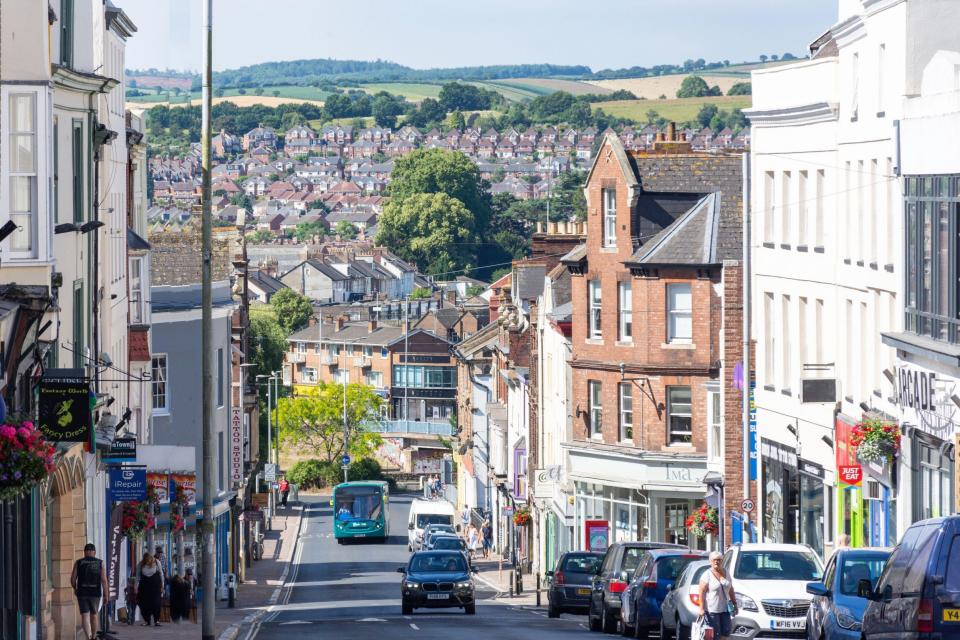
Scenic highlights: The winding South Devon coastline, Dartmoor National Park and the River Exe
Healthcare ranking (for number of hospitals, GPs and dentists per 10,000 people): 15
Average house price: £338,000
Public transport: Highly rated, with a bus network and trains running from surrounding areas
A hop, skip and a jump from the coast, this South West cathedral city sits at the summit of our list.
A mixture of accessible activities and amenities, combined with affordable house prices, are proving attractive for retirees.
Richard Speedy, of Strutt & Parker, said there were pockets of the city “where you can be incredibly self-sufficient with little need to go into the centre because you’re so well catered for on your doorstep.”
Richard Addington, of Jackson-Stops, suggested those interested in boating and sailing could join one of the many maritime clubs in their much-deserved downtime.
He added: “It’s no surprise that those looking to escape the world of work are drawn to a city centred on wellbeing to hang up their hat. With its charming riverside setting, the 2,000-year-old cathedral city is the perfect size, being both small and accessible.”
2. Merton, South West London
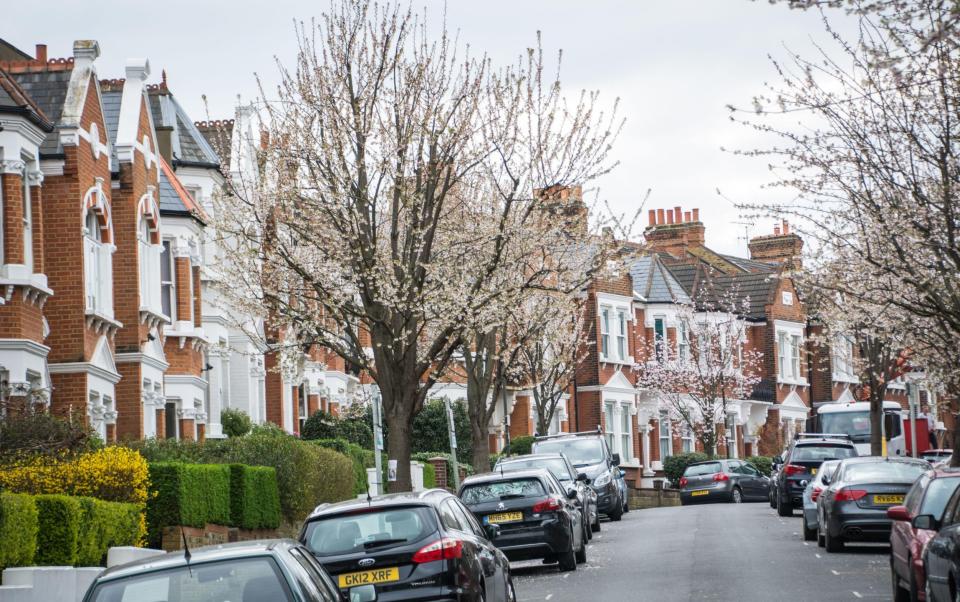
Scenic highlights: Multiple parks and commons, with the National Trust site of Morden Hall at its beating heart
Healthcare ranking: 6
Average house price: £722,000
Public transport: A bus network, several train stations and two London Underground lines.
Six of the top 10 spots are taken up by locations in the capital, but it is Merton that comes out top.
The Savills research found it scored highly for access to a town centre and food shops by public transport.
Dan Miller, of Savills, said: “For many retirees, Wimbledon Village is the ultimate London location due to its slower pace of life, close-knit community feel and good range of boutique shops, independent cafes and pubs.
“Downsizers will often comment that the village gives them the best of both worlds: a taste of the country while also being well-located for all that the capital has to offer. In addition, it’s an easy bus ride down into Wimbledon Town with its theatre, tube and train connections.”
3. Richmond-upon-Thames, South West London
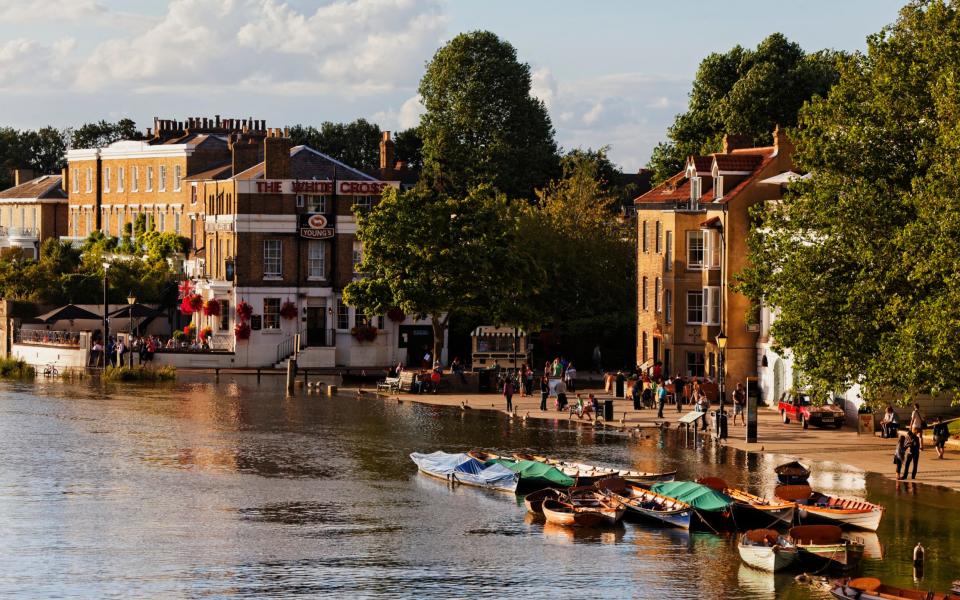
Scenic highlights: 21 miles of River Thames frontage, Richmond Park and Kew Gardens
Healthcare ranking: 24
Average house price: £889,000
Public transport: The holy London trinity of bus, Underground and National Rail.
Next door to Merton, the nearby riverside borough of Richmond enters the list in third place. It spans 5,000 hectares, and more than half is classified as open space. It’s also the only borough to span both sides of the River Thames.
Its residents have said they felt a “strong sense of belonging” in the area, and it also has the lowest rate of recorded crime in the top 10 list of retirement locations.
Daniel Hutchins, of Savills, said: “You can live a life as fast or as slow as you like in Richmond, which makes it an ideal place to live in and enjoy as a retiree. You’ve got the river, a bountiful supply of green open space, golf courses, the Richmond theatre and some lovely independent shops and cafes.”
4. Epsom & Ewell, Surrey
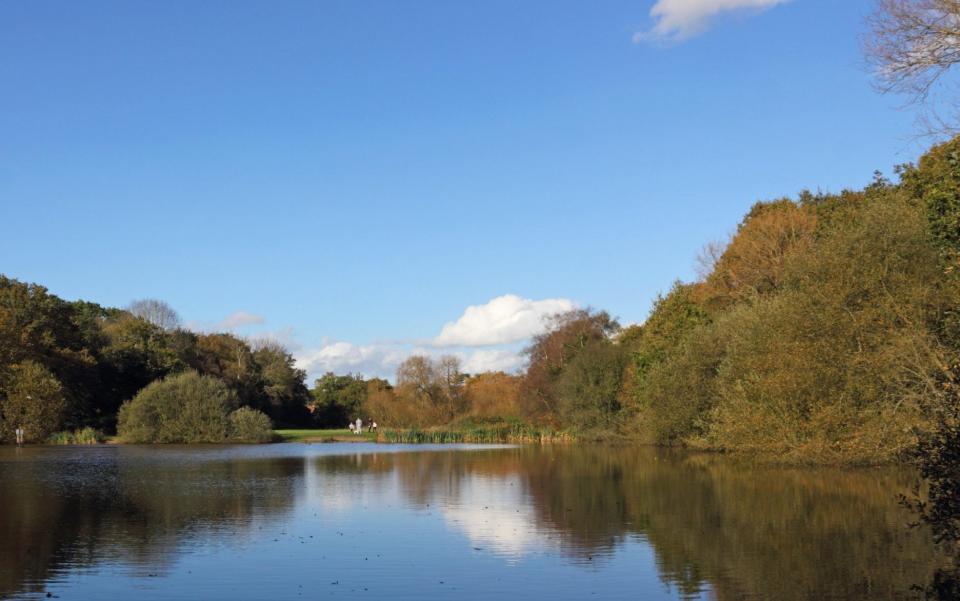
Scenic highlights: Epsom Common and the nearby Surrey Hills
Healthcare ranking: 14
Average house price: £579,000
Public transport: Buses and around half an hour to Waterloo by train, as well as links to London Bridge and Victoria.
Set at the foot of the Surrey Hills, Epsom and Ewell sits fourth on our list.
Although densely populated, two-fifths of the borough is designated as green belt, and Epsom Common covers 436 acres. The Epsom Downs racecourse is open to the public and a stone’s throw from Epsom town centre – although the horses have priority before midday.
The area is favourable with commuters thanks to quick links to central London, but the leafy roads of Edwardian and interwar detached houses are also popular among downsizers.
The proximity of several golf clubs is another big draw.
Richard Winter, a buying agent who runs his own firm, said: “I’ve recently moved some clients out of central London to Epsom in order to be closer to the RAC at Woodcote Park [a country club with two 18 hole courses].
“They wanted to be closer to the club for the next chapter of their lives.”
5. Worcester, Worcestershire
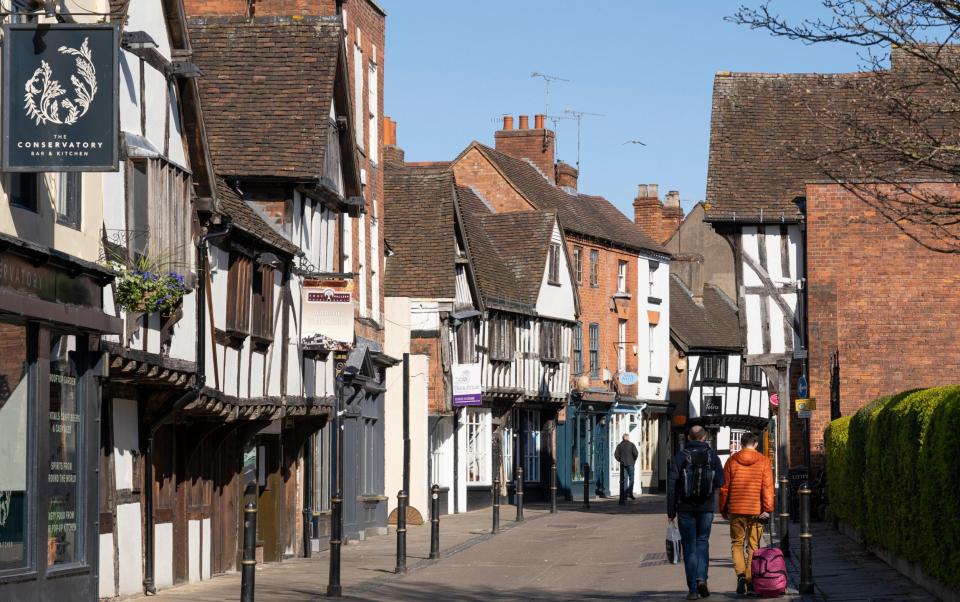
Scenic highlights: Parks, commons and numerous nearby golf courses
Healthcare ranking: 2
Average house price: £273,000
Public transport: Two city centre train stations reaching areas near and far, supported by a widespread bus network.
The birthplace of composer Edward Elgar and home to Lea & Perrins sauce, this cathedral city rounds off the top half of our list.
Sitting on the banks of the River Severn, Worcester has an attractive small-town feel and is the cheapest place to buy in our top 10. It also ranks highest for the number of hospitals, GPs and dentists per 10,000 people.
Allan Morris, who runs his own estate agency in the city, said: “We are seeing an increase in retirees from London and the home counties buying in Worcester for several reasons.
“One is that they can purchase comparable properties for considerably less than those in the areas they are moving from, so they can release some capital. In addition, there is a good direct rail service to London and Birmingham, as well as lots of independent shops in areas such as Friar Street, a theatre and a racecourse.”
He added that the nearby Malvern Hills offered great recreational opportunities for active retirees.
6. Sutton, South West London
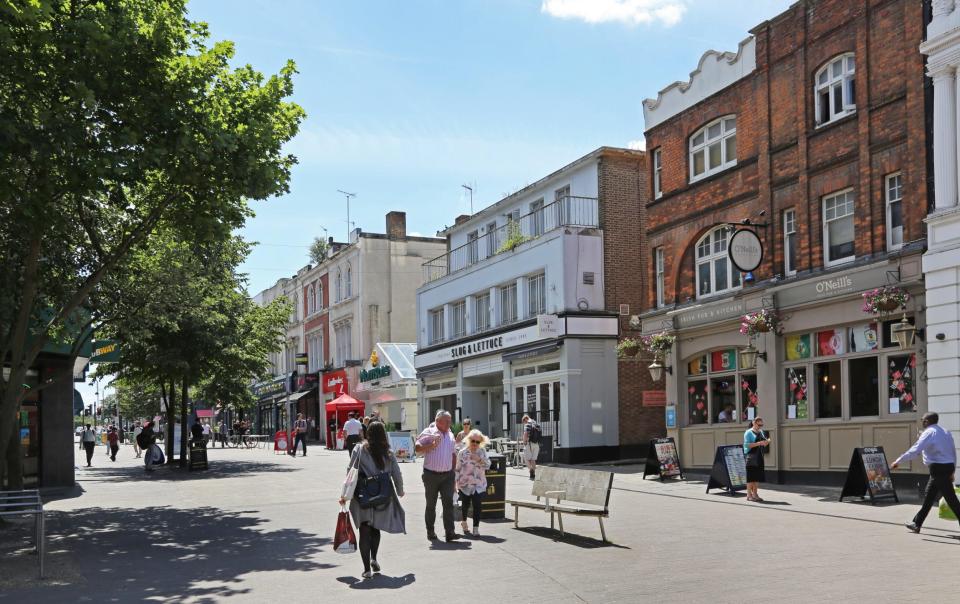
Scenic highlights: Parks, commons and an array of local golf courses
Healthcare ranking: 46
Average house price: £493,000
Public transport: 30 minute trains to Central London, with Thameslink services supporting an efficient bus network.
At number six is Sutton, which holds a surprising rock‘n’roll claim to fame – it’s home to the pub where impresario Giorgio Gomelsky spotted the young Rolling Stones in the early 1960s.
It’s the cheapest London area for property within our top 10 and is also one of the greenest, with Beddington Park to the north-west and Oak Park to the south.
While the town centre has what agents describe as a “respectable high street”, trains into Central London also take less than half an hour. The bus network offers regular services to Wimbledon, Croydon and Kingston, too.
7. Bromley, South East London
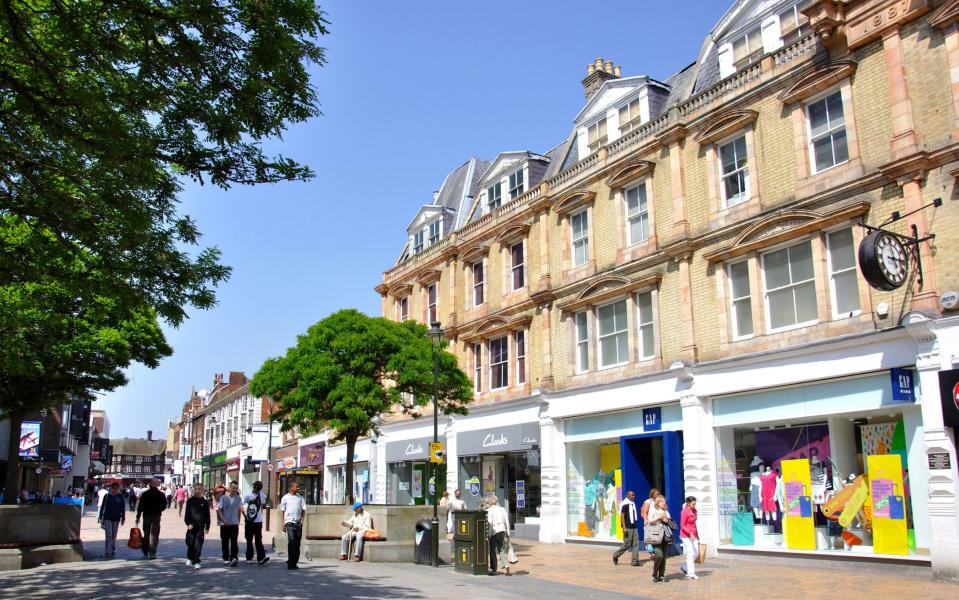
Scenic highlights: Bromley Palace Park, Queen Gardens, Church House Gardens and Bromley Common
Healthcare ranking: 28
Average house price: £576,000
Public transport: Buses, trams and a 20 minute train to London Victoria.
At seven is Bromley, which has long been a hotspot for families looking for more affordable houses and popular grammar schools.
There are perks for retirees too though, with three green spaces in the town centre alone. For those willing to wander another two miles, the sprawling Bromley Common awaits.
The busy centre also has a number of shops and restaurants, a Picturehouse cinema and the Churchill Theatre.
8. Cheltenham, Gloucestershire
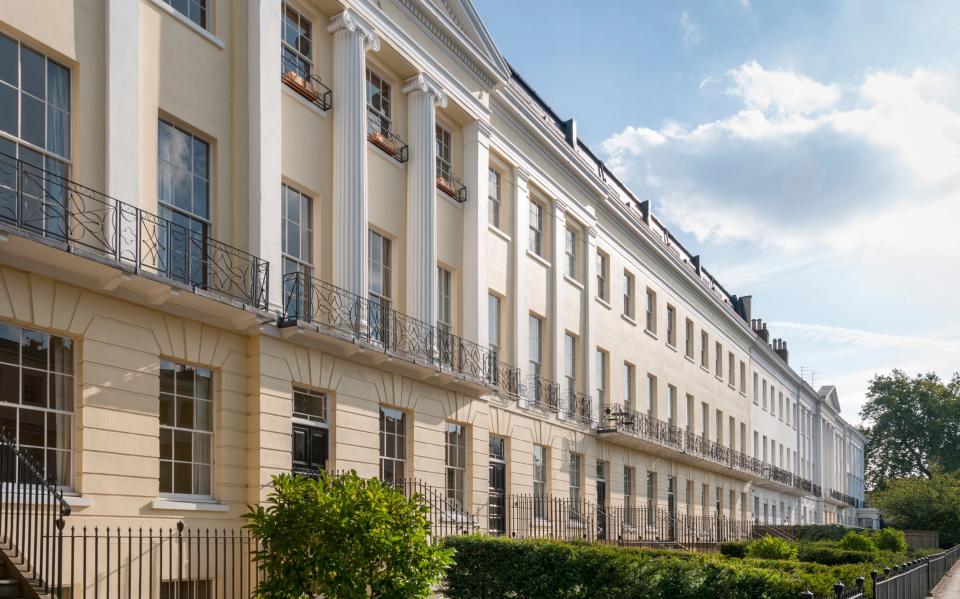
Scenic highlights: A plethora of city centre parks and gardens, right next to the Cotswolds
Healthcare ranking: 4
Average house price: £406,000
Public transport: A strong bus network, park and ride and well-connected train station.
Perched on the edge of the Cotswolds, Cheltenham makes it into the top 10 as the third best-value location.
Most famous for its four day horse racing festival, it also offers a theatre, fine art museum and other events to occupy the day tripper and resident alike. It also ticks plenty of boxes for the culturally or sporting-minded retiree.
According to developer Steve Bangs, CEO of Pegasus Homes, the appeal of spa towns like Cheltenham has stood the test of time, adding that they are synonymous with the handsome Regency architecture and historic houses that continue to be extremely popular with baby boomers seeking beautiful yet culturally rich towns outside London.
Harry Bethell, of estate agents Knight Frank, saw areas including Montpellier, The Suffolks and Leckhampton as particularly attractive to this demographic.
9. Kingston-upon-Thames, South West London
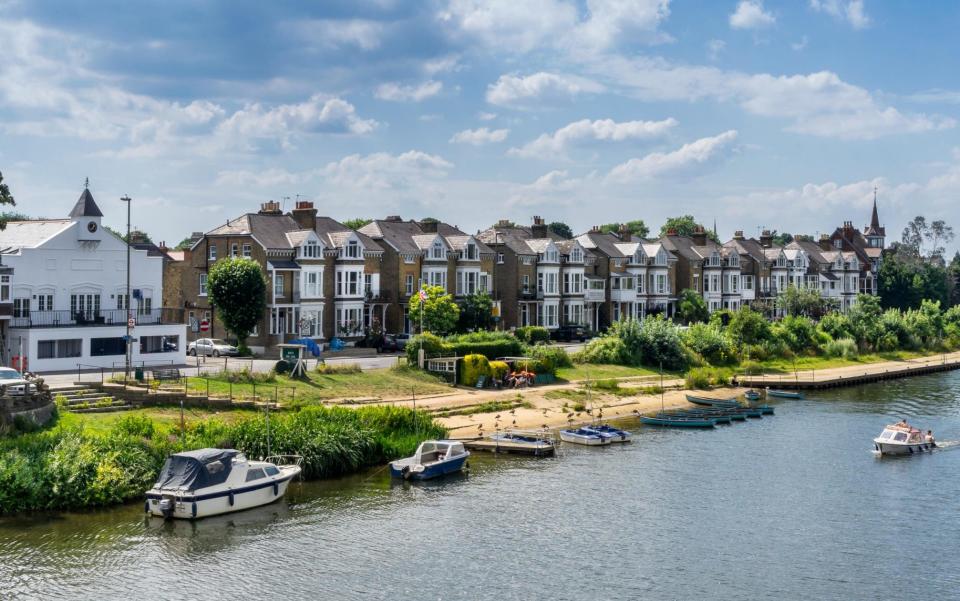
Scenic highlights: Richmond Park, several miles of Thames riverbank and views of nearby Hampton Court Palace.
Healthcare ranking: 60
Average house price: £641,000
Public transport: Less than half an hour to Waterloo by train, with a bus service also serving the locality.
Offering better value than nearby Wimbledon or Richmond, Kingston also makes the top 10.
While it lacks a picturesque village feel, it’s often ranked as one of London’s top shopping centres. Its riverside location also offers an attractive views for residents.
Dan Miller, of Savills, said: “One of the main attractions for those retiring or downsizing in the Kingston area is being able to live by the water. What we also see among downsizers is a desire to prioritise an active and social lifestyle, so having great shopping, restaurants and cafés within easy reach is particularly important to them.
“The Rose Theatre, in central Kingston, is extremely popular and there’s a range of sporting options from tennis and golf to rowing, and plenty of green space for walks too.”
He added that riverside developments are particularly popular amongst retirees as they tick the boxes of location, lateral living and suitability as a lock-up-and-leave property for those who like to travel.
10. Westminster, Central London
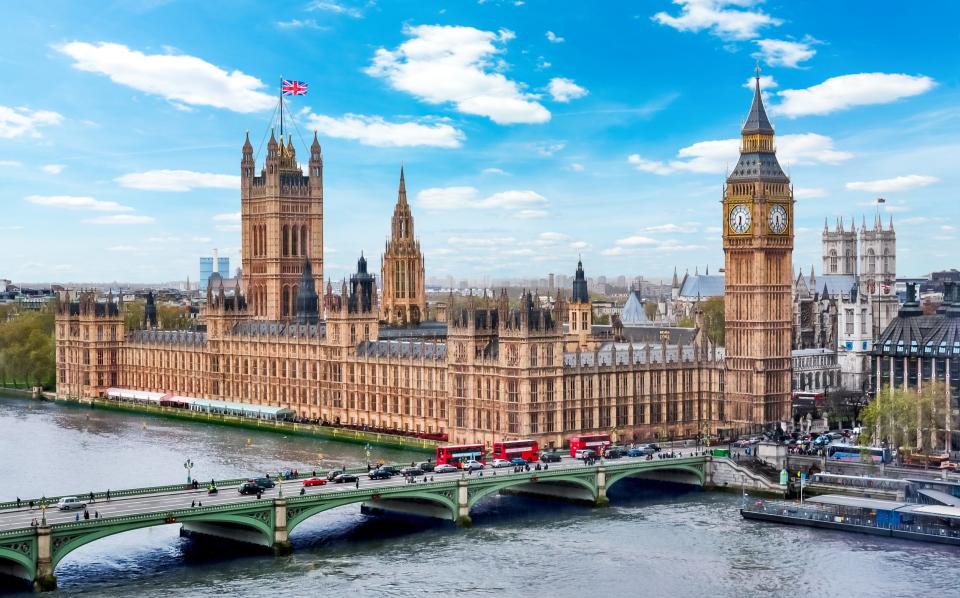
Scenic highlights: The Houses of Parliament and the South Bank, with sweeping views of the River Thames
Healthcare ranking: 3
Average house price: £1.6 million
Public transport: Walkable to anywhere in Central London, with buses, trains and Underground lines to take you anywhere else.
Sitting in the heart of the nation’s capital, Westminster needs little introduction as it rounds off the top 10.
It’s the most expensive area in our list and its property prices put it out of reach for many, but good healthcare and low crime rates await those who can afford it. There’s also easy access to London’s many attractions for those happy to live out their golden years at the heart of it all.
Rhianne McIlroy, of Middleton advisers, said: “Westminster offers the opportunity to be close to the hustle and bustle of shops and local amenities you want on your doorstep.”
Chris Mulry of Knight Frank added that lateral apartments in new builds and mansion flats, complete with concierge or porter services, have proved particularly popular, alongside “world-class medical facilities on the doorstep.”
How to choose the right retirement location for you
If you’re tempted to spend your retirement in a new place, there’s a lot of factors to weigh up first – and the importance of each one depends on your situation, and how you want to spend your later years.
To get you started, here are a few things to think about:
What can you afford? As our list shows, property prices and general living costs can vary widely depending on where you are. Depending on your budget, you might need to weigh up whether you’d be willing to live in a smaller home in a more expensive location, for example.
What do you want to be nearby? Do you want to move closer to family, or further away? Nearer to the coast, or a town that’s within walking distance? Each of these considerations will need to be pitted against what you can afford.
How do you want to spend your time? It’s hard to predict what you retirement is going to look like, but if you’re a keen golfer, for example, it makes sense to move somewhere that doesn’t require a long drive to do what you enjoy.
How easy is it to get around? We’ve noted the public transport options for the places in this list, which is an important factor – as is what you can get to by foot, or wheelchair, in order to maintain your independence as you get older.
What about healthcare? While the scores we’ve included can give an idea of healthcare provision, when you’re looking at specific properties it’s worth checking where the nearest GP, hospital and dental facilities are – along with official ratings and user reviews, to see whether they can give you the care you need if you moved nearby.


